Preserving Buddhist Literature for the World

Preserving Buddhist Literature for the World
The Buddhist Digital Resource Center is a nonprofit organization dedicated to seeking out, preserving, documenting, and disseminating Buddhist literature. We provide scholars, translators, Buddhist practitioners, and the general public with access to an unparalleled collection of Buddhist texts. Joining digital technology with scholarship, BDRC ensures that the cultural treasures of the Buddhist literary tradition are secure and accessible for generations to come.
Our international team carries out BDRC's mission with ingenuity and dedication, using its skills to make BDRC the online home for Buddhist literature.
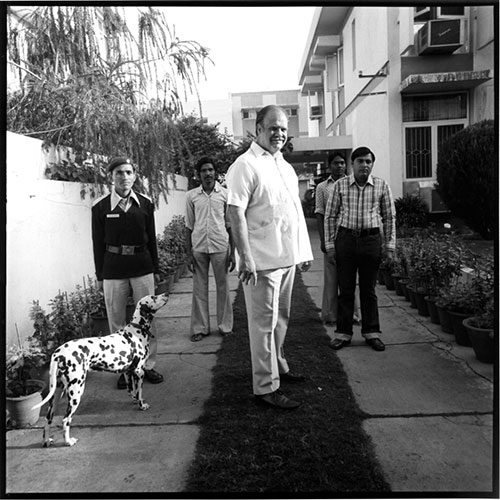
BDRC Founder E. Gene Smith realizes computer technology can preserve and disseminate texts on an unprecedented scale. He takes early retirement from the Library of Congress to fulfill his lifelong dream of making Tibetan texts widely accessible.
{Read E. Gene Smith's biography}(https://www.bdrc.io/people/e-gene-smith/)
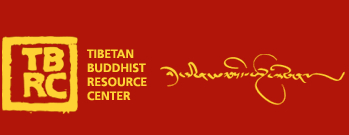
Gene Smith starts the Tibetan Buddhist Resource Center (TBRC) in his home in Cambridge, Massachusetts. TBRC begins digitizing Gene's personal collection of Tibetan texts, and making the scanned images available on CDs.
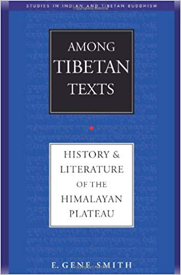
Gene Smith's book, Among Tibetan Texts, is published.

Jeff Wallman, TBRC's Director of Technology, becomes Executive Director.
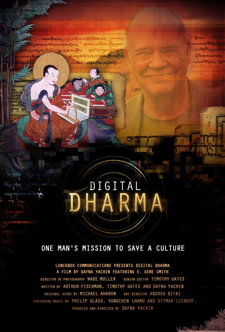
Lunchbox Communications releases Digital Dharma, Dafna Yachin's full-length documentary about Gene Smith's quest to save Tibetan literary heritage.
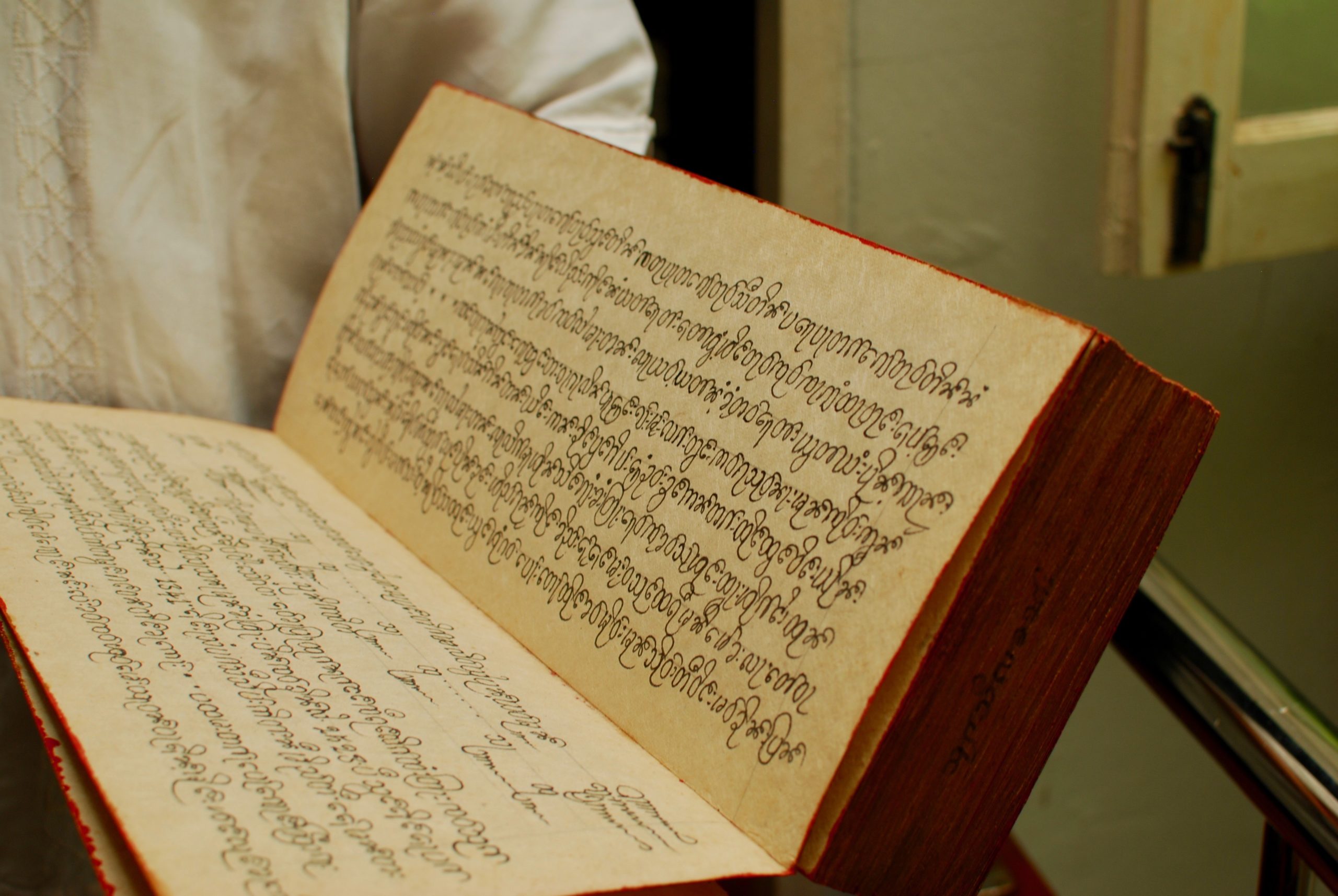
The TBRC Board of Directors votes to expand the organization's mission beyond Tibetan materials to include the preservation of texts from all Buddhist traditions.

TBRC officially changes its name to the Buddhist Digital Resource Center (BDRC) and launches its first major digital preservation initiative in Southeast Asia at the Fragile Palm Leaves archive while also continuing its Tibetan literary heritage projects.
BDRC begins developing its next-generation archival platform, the Buddhist Digital Archives (BUDA).
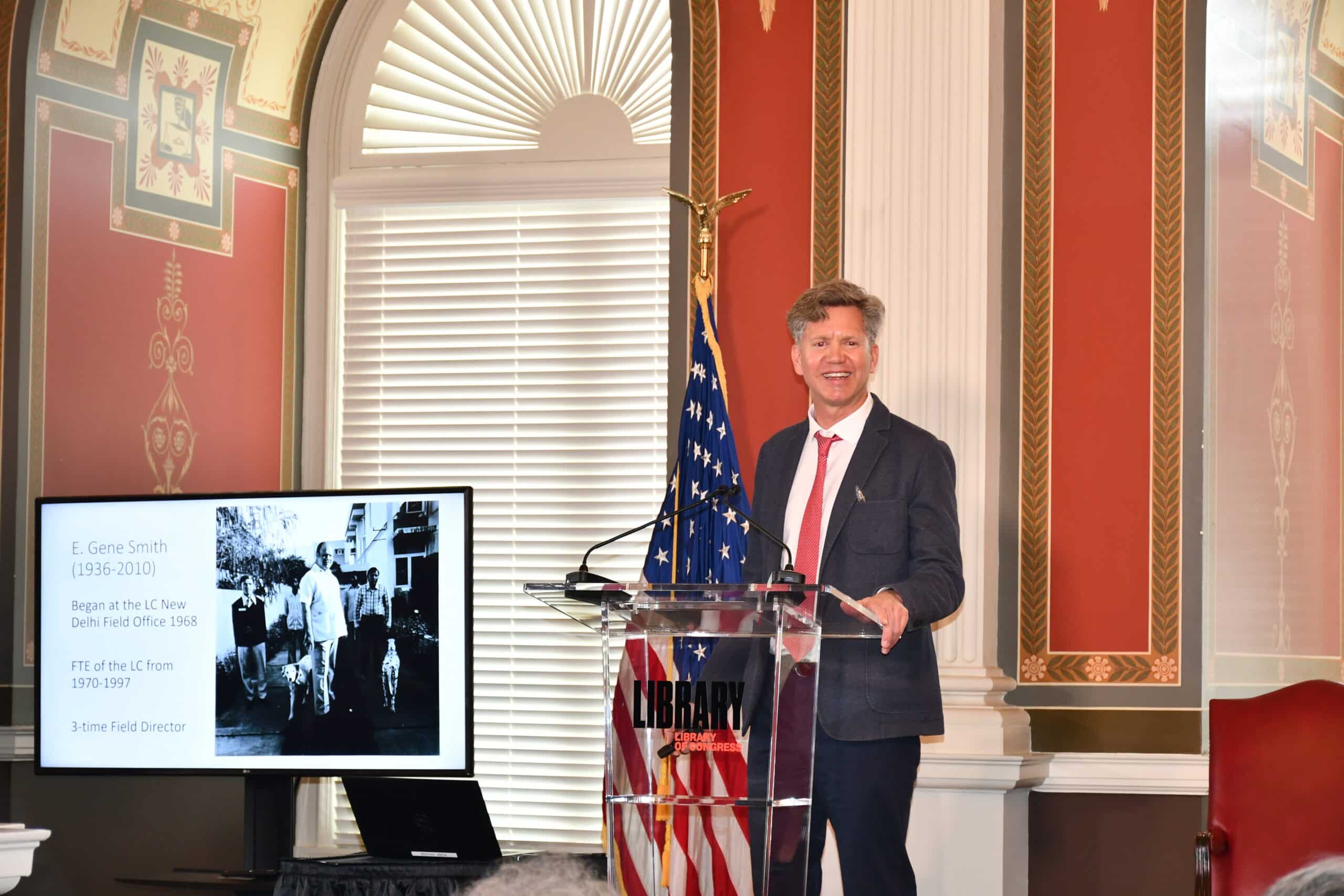
Jann Ronis succeeds Jeff Wallman as Executive Director. {Read Jann Ronis's biography}(https://www.bdrc.io/jann-ronis/)

BDRC releases its new archival platform, the Buddhist Universal Digital Archive (BUDA), and retires the tbrc.org website. As well as being the world's largest digital library of Buddhist texts, BUDA is a Linked Open Data archival platform, a project to innovate and share technology and research tools for scholars, translators, and practitioners.
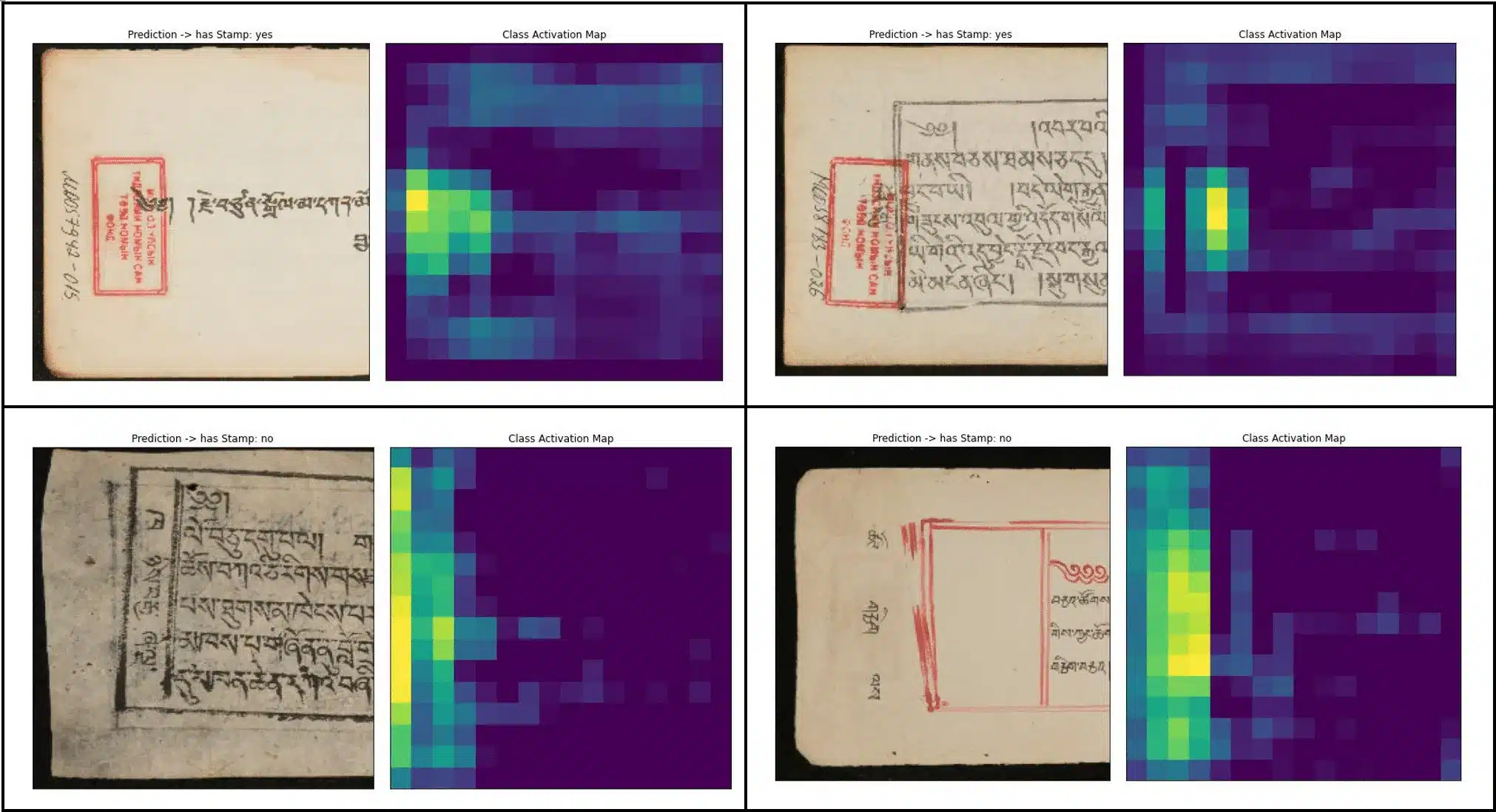
In addition to digitizing Buddhist texts in Tibetan, Mongolian, Khmer, Burmese and other languages, BDRC works at the cutting edge of the digital humanities, including machine translation of Tibetan, handwritten text recognition, and advanced processing of etexts.
BDRC was founded as the Tibetan Buddhist Resource Center in 1999 by E. Gene Smith (1936-2010). Since its founding, BDRC has located, digitized, cataloged, and archived over 27 million pages of culturally significant works of Buddhist literature. BDRC stores the works in its secure archive, built to ensure that the texts remain free and accessible to the public into the indefinite future.
Guided by Gene Smith's unique vision, BDRC has raised the once critically endangered Tibetan literary corpus to a high level of preservation. Today, BDRC's library is a crucial resource for Tibetan studies, relied on by an international community of academic scholars, religious leaders, translators, Tibetan scholars, publishers, and the interested public.
In 2015, at the request of its Board of Directors, partners, and collaborators in the field of Buddhist studies, the Tibetan Buddhist Resource Center expanded its mission and, in 2016, officially became the Buddhist Digital Resource Center. In addition to continuing the work started by E. Gene Smith, BDRC is now tasked with preserving and disseminating all Buddhist literary traditions that remain endangered due to precarious social, political, and environmental factors.
BDRC applies the technological expertise and scholarly resources it has cultivated for nearly two decades to this most pressing task.